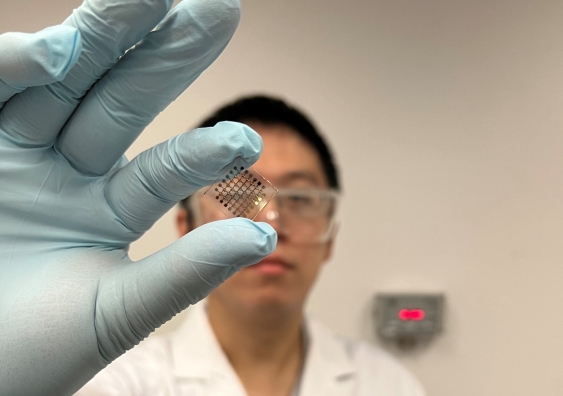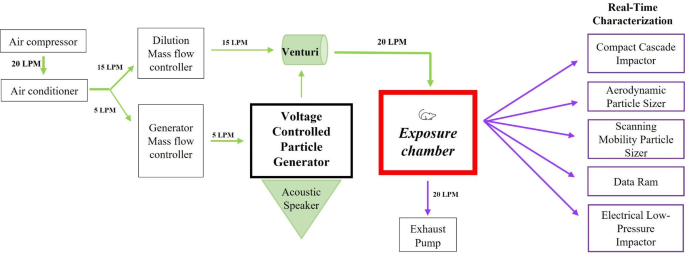2023-04-26 ニューサウスウェールズ大学(UNSW)

Until now, most existing artificial sensors haven’t had the capability to process mechanical signals. Mr Fandi Chen, a PhD student from the School of Materials Science and Engineering holds up the sensing material. Photo: Supplied.
これにより、超低消費電力でジェスチャーや手書き文字の認識を含む情報処理に必要な機械的な刺激を検出することができます。
この技術は、高齢者介護やスポーツモニタリング、モーションキャプチャーなどの分野で応用される可能性があります。加えて、E-skinは、血圧、温度、酸素レベルなどのバイタルをリアルタイムにモニタリングするためのセンシング技術としても利用できます。
<関連情報>
- https://newsroom.unsw.edu.au/news/science-tech/bio-inspired-developing-technology-mimic-function-skin
- https://onlinelibrary.wiley.com/doi/10.1002/adfm.202300266
ニューロモーフィックコンピューティングとジェスチャー認識のためのバイオインスパイアード人工知覚デバイス Bio-Inspired Artificial Perceptual Devices for Neuromorphic Computing and Gesture Recognition
Fandi Chen, Shuo Zhang, Long Hu, Jiajun Fan, Chun-Ho Lin, Peiyuan Guan, Yingze Zhou, Tao Wan, Shuhua Peng, Chun-Hui Wang, Liao Wu, Teri McLean Furlong, Nagarajan Valanoor, Dewei Chu
Advanced Functional Materials Published: 17 March 2023
DOI:https://doi.org/10.1002/adfm.202300266
Abstract
Artificial perception technologies capable of sensing and feeling mechanical stimuli like human skins are critical enablers for electronic skins (E-Skins) needed to achieve artificial intelligence. However, most of the reported electronic skin systems lack the capability to process and interpret the sensor data. Herein, a new design of artificial perceptual system integrating ZnO-based synaptic devices with Pt/carbon nanofibers-based strain sensors for stimuli detection and information processing is presented. Benefiting from the controllable ion migration after indium doping, the device can emulate various essential functions, such as short-term/long-term plasticity, paired-pulse facilitation, excitatory post-synaptic current, and synaptic plasticity depending on the number, frequency, amplitude, and width of the applied pulses. The Pt/carbon nanofibers-based strain sensors can detect subtle human motion and convert mechanical stimuli into electrical signals, which are further processed by the ZnO devices. By attaching the integrated devices to finger joints, it is demonstrated that they can recognize handwriting and gestures with a high accuracy. This work offers new insights in designing artificial synapses and sensors to process and recognize information for neuromorphic computing and artificial intelligence applications.


